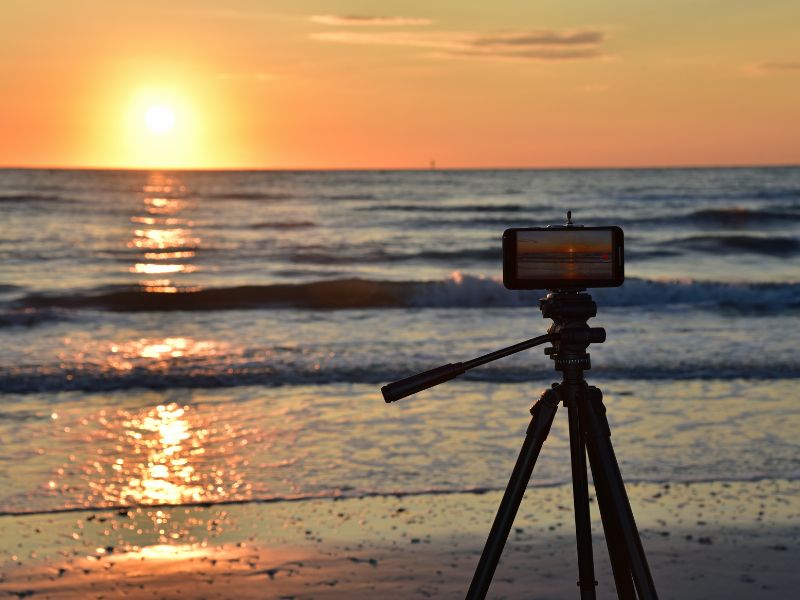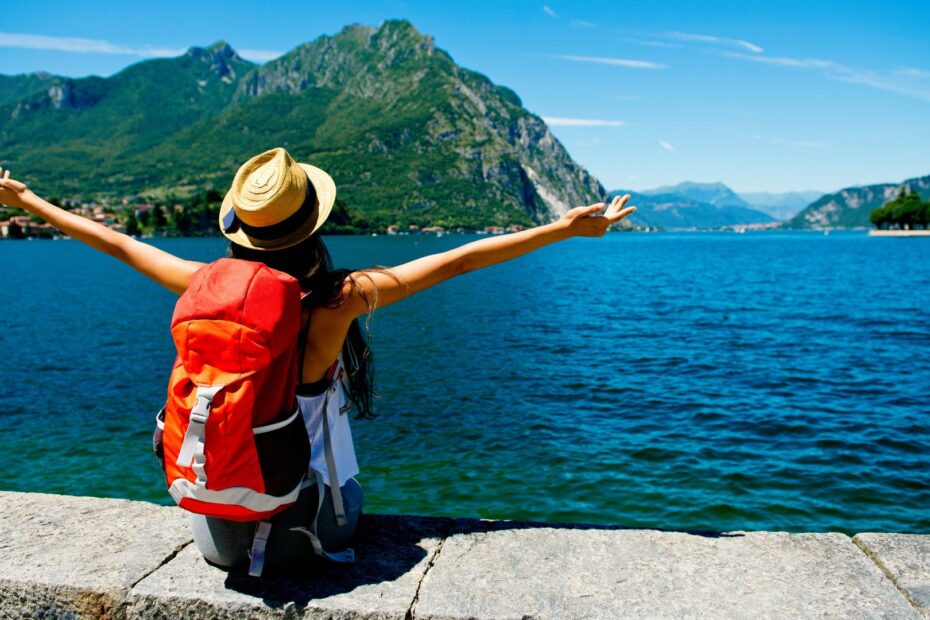Finally getting that time off from work approval and you’re raring to take a splurge in your dream destination, armed with your swimwear, trekking gear, sunscreen, and camera to capture every moment. But do you really know how to capture the best travel photos possible?
For photography enthusiasts, nothing is more annoying than having the time of your life and the perfect subject, but not getting the best shot just because you were not ready for some reason. For this not to happen and ensure to get those postcard-worthy images, some tips and suggestions need to be followed.
How to Capture Perfect Travel Photos
Be Sure to Know Your Camera
Knowing how your camera operates like the back of your hand is crucial in capturing photos at maximum quality. It doesn’t matter if it’s not the top-of-the-line or the best specifications out there. Whether you are using a dSLR, a smart or Android phone, or even something as basic as film, Instax, or Polaroid camera, as long as you know exactly how they work best, you’ll have the best memorabilia ever!
Light Is Everything
Since the focus of travel photography is basically everything in frame, light is crucial in making sure everything is clear and visible. However, it’s not always about having the maximum light. In a lot of instances, you need to have, at least, that perfect cast to achieve the desired effect and highlight.
Every nature and travel photographer’s favourite time of day to capture masterpieces are the so-called golden and blue hour. Blue hour literally means the sky casting a beautiful hue when the sun is below the horizon. On the other hand, golden hour happens twice a day and gives off that warm, somewhat golden or orange glow on everything it can reach. First, in the morning on the first hour of the sun peeking over the horizon, and second, when the sun is about to set in about an hour or two.
But that doesn’t mean you can’t make use of the middle of the day to take great photos. Taking street photos is a good idea or if you are taking a portrait of a person outdoors, a reflector can come in handy.
Plan What to Do
While spontaneity adds to the thrill of the experience, for photography, it’s a totally different story. Leaving everything to chance most of the time leaves you with mediocre-quality photographs and you don’t want that.
When planning your itinerary to a particular tourist destination, a responsible photographer not only prepares everything needed to enjoy the vacation and brings along the camera and its accessories. You also need to plan your shots.
List down the particular sceneries and subjects that you target to photograph based on your research about the place. Take recommendations from the internet of the perfect time to take these shots and the type of cameras, settings, or accessories to use based on the subject and the desired quality and effects.
Know How to Frame Properly
Inexperienced photographers tend to just focus on the subject. It’s like having the subject at the centre and that’s it. However, you have to ensure not to cut very important details in the shot.
Simple checking such as making sure that the subject hut or the hill is fully within the frame. Including some natural scenes or structures to create a frame within the picture can also be a good idea.
Make Position Adjustments
You cannot just arrive in a location and take photos exactly on the spot where you’ve landed, so to speak. You need to adjust your feet to see different sides of the place which can make good images.
Take time to walk around to see good angles and distances that are appropriate for your subject. Remember, symmetry in photographs is very important because it creates visual cohesion and harmony, which makes them balanced and pleasing to look at.
Tripods Are Necessary

Tripods might be the most inconvenient camera accessory to bring for others, but it is definitely one of the most essential. It can provide stability and can offer you the sense of slowing down to put more thought into your succeeding target shots.
It can also help you get those creative shots like using long exposures and can also allow you to take photos in low light. You don’t actually need to bring a massive tripod. Even just a small one can come in handy in case you need one, even if you originally don’t intend to.
Identify Your Niche
Photography can have a broad array of niches and it’s easy to get confused with the type that you really want to achieve, especially if you easily get fascinated with a lot of styles. However, it helps when you know what you want and focus on perfecting it.
Since you are travelling, identify whether you prefer shooting landscapes, food, people, wildlife, or astrophotography, among others. It doesn’t hurt to take several photos of any type for keepsake, but be sure to make time to take more of those that really interest you.
